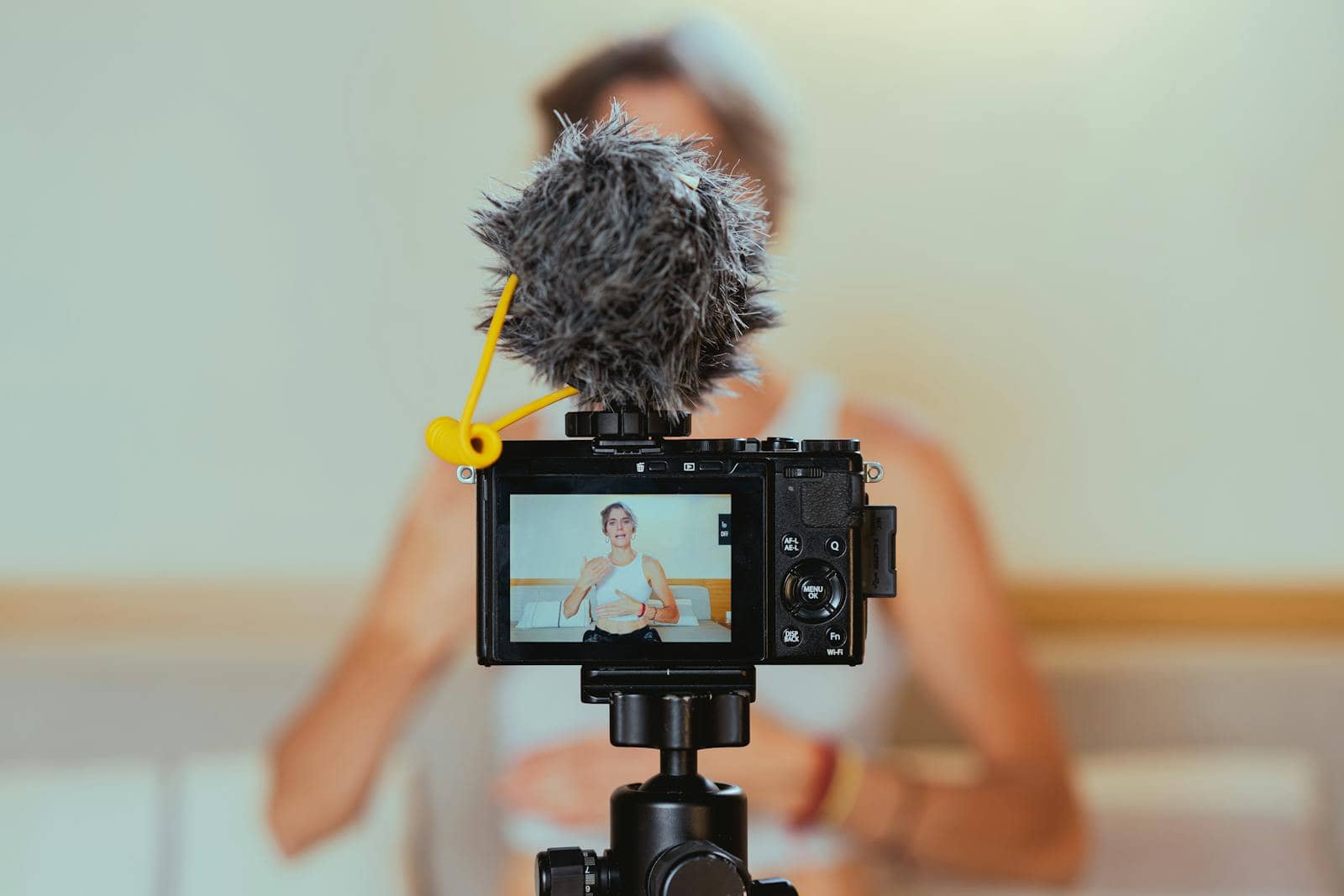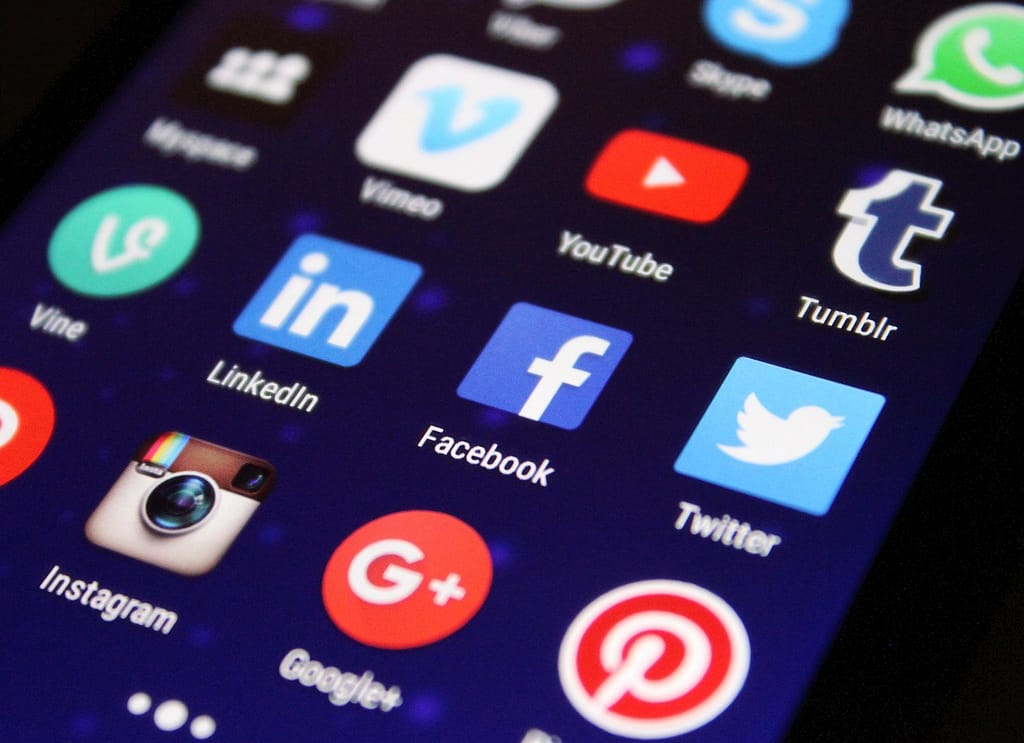Your Step-by-Step Guide to Influencer Marketing in South Africa

So, you’re thinking about using influencers to get the word out about your business in South Africa? Smart move! This country is a vibrant mix of cultures, languages, and trends, and local voices can connect with people here in a way big, generic campaigns just can’t.
Why South Africa? Why Local Voices?
South Africa’s market is unique and full of potential. Influencer marketing is basically when brands team up with popular online personalities – people who have a loyal following that trusts their recommendations. In SA, this is gold. Local influencers get the local vibe, they speak the language (often several!), and they understand the nuances that make South African consumers tick. They bring an authenticity that can make your brand feel more relatable and trustworthy.
This guide will walk you through exactly how to find and work with South African influencers to make your campaigns a hit.
Part 1: Laying the Groundwork – Strategy First
Before you even think about who to work with, you need a plan.
- What Do You Want to Achieve? (Defining Your Goals)
Are you trying to:- Make more people aware of your brand?
- Get more leads (potential customers)?
- Boost sales?
- Build a community around your brand?
Knowing your main goal will shape everything else.
- Who Are You Trying to Reach in SA? (Understanding Your Target Audience)
Think about your ideal South African customer:- How old are they? Where do they live?
- What are their interests and values?
- Which social media platforms do they use most? (e.g., younger audiences might be on TikTok, while professionals could be on LinkedIn or well-curated Instagram feeds).
- What’s Your Budget? (Setting a Realistic Budget)
Influencers come in different “sizes” and costs.- Nano/Micro-influencers: Fewer followers, but often super engaged and more affordable.
- Macro/Mega-influencers: Big names with huge reach, but they cost more.
Be realistic about what you can spend.
Part 2: Finding Your South African Voices
Okay, strategy sorted. Now, let’s find those local gems!
A. Types of Influencers in SA:
- Nano & Micro-Influencers: These are everyday people with a smaller (think hundreds to a few tens of thousands) but often very loyal and engaged following in a specific niche. They’re usually more affordable and can feel very authentic.
- Macro & Mega-Influencers: These are the big names, celebrities, or well-known personalities with hundreds of thousands or even millions of followers. They offer massive reach and can give your brand a big visibility boost.
- Industry-Specific Influencers: Whatever your business – food, travel, tech, beauty, parenting, fitness – there are influencers in SA who specialize in it.
B. Where to Look:
- Social Media Platforms:
- Instagram & TikTok: Huge for visual content, lifestyle, fashion, food, and reaching younger audiences.
- YouTube: Great for in-depth reviews, tutorials, and vlogs.
- Twitter (X): Good for news, opinions, and joining conversations.
See where your target audience hangs out.
- Hashtag Research: Search for local South African hashtags (e.g., #MzansiFood, #ProudlySouthAfrican, #CapeTownLife, #JoburgFashion) and niche-specific ones related to your industry.
- Competitor Analysis: See who your competitors (both local and international, if they’re active in SA) are working with.
- Influencer Marketing Platforms/Agencies: There are companies and tools that specialize in finding and connecting brands with South African influencers. They can do a lot of the legwork for you.
C. Vetting Potential Influencers: Making Sure They’re a Good Fit
Don’t just look at follower numbers!

- Authenticity Check:
- Engagement vs. Followers: Do they have lots of likes and meaningful comments relative to their follower count? Or is it all just “nice pic” and emojis?
- Audience Demographics: Ask if they can share insights into their audience (age, location, interests). Does it match your target audience?
- Content Quality & Brand Alignment:
- Do you like their style? Is their content well-produced?
- Does their overall vibe and values match your brand’s?
- Past Collaborations & Reputation:
- Look at other brands they’ve worked with. How did those campaigns look?
- Do they have a good reputation online?
- ASA Compliance: In South Africa, the Advertising Regulatory Board (ASA) has guidelines for influencer marketing. Check if the influencer understands the importance of disclosing sponsored posts.
Part 3: Working Effectively with Local Influencers
You’ve found some great potentials! Now, how do you make the collaboration work?
A. Outreach & Pitching:
- Personalization is Key: Don’t send a generic copy-paste message. Mention something specific you like about their content.
- Clearly State Your Brand & Campaign Idea: Be upfront about who you are and what you’re proposing.
- What’s In It For Them?: Clearly outline the compensation (money, free product, an experience, or a mix).
B. Crafting the Campaign Brief:
This is your instruction manual for the influencer. Make it clear!
- Objectives: What’s the main goal of this specific post/campaign?
- Deliverables: What exactly do you need them to create (e.g., 1 Instagram post, 3 stories, 1 YouTube video)?
- Timelines: When do you need drafts? When should it go live?
- Key Messages: What one or two things must they mention about your product/service?
- Do’s and Don’ts: Any specific things they should or shouldn’t say or do?
- Creative Freedom vs. Brand Guidelines: It’s a balance. You chose them for their style, so give them some creative freedom, but make sure they stick to your core brand message and any visual guidelines.
C. Contracts & Compensation:
- Get it in Writing: Even for smaller collaborations, a simple agreement is wise. It should cover:
- Usage Rights: Who owns the content they create? Can you reuse it on your own channels? For how long?
- Exclusivity: Can they work with your direct competitors during or shortly after the campaign?
- Payment Terms: How much, when, and how will they be paid?
- Fair Compensation (SA Context): Rates vary hugely. Consider their follower count, engagement, a_nd_ the effort required for your campaign. Research typical rates or ask agencies for guidance.
- Disclosure Requirements: Make sure the contract states they MUST clearly disclose that it’s a paid partnership (e.g., using #ad, #sponsored, or the platform’s built-in branded content tools). This is an ASA requirement.
D. Building Relationships:
- Communication & Collaboration: Keep the lines of communication open. Treat them like a partner, not just a billboard.
- Long-Term Partnerships vs. One-Off Campaigns: If a collaboration goes well, consider working with them again. Long-term relationships can be more authentic and impactful.
Part 4: Measuring Success & Iterating
How do you know if it actually worked?

- Key Performance Indicators (KPIs) to Track: Based on your initial goals, track things like:
- Reach: How many people saw the content?
- Engagement: Likes, comments, shares, saves.
- Clicks: Did people click the link to your website? (Use trackable links!)
- Conversions/Sales: Did the campaign lead to actual sales or sign-ups? (Use unique discount codes.)
- Sentiment: What are people saying in the comments? Is it positive?
- Tools for Measurement: Social media platforms have built-in analytics. You can also use URL shorteners with tracking, or Google Analytics.
- Learning and Refining: Look at what worked well and what didn’t. Use these insights to make your next South African influencer campaign even better!
Conclusion: Tapping into Authentic South African Influence
Working with South African influencers is a fantastic way to connect with local audiences authentically. It’s about finding those voices that truly resonate, respecting their creativity, and building genuine partnerships.
The landscape is always changing, but the power of trusted, local recommendations is here to stay. So, do your homework, be clear in your communication, and get ready to tap into the incredible influence of South Africa’s local voices. You’ve got this!